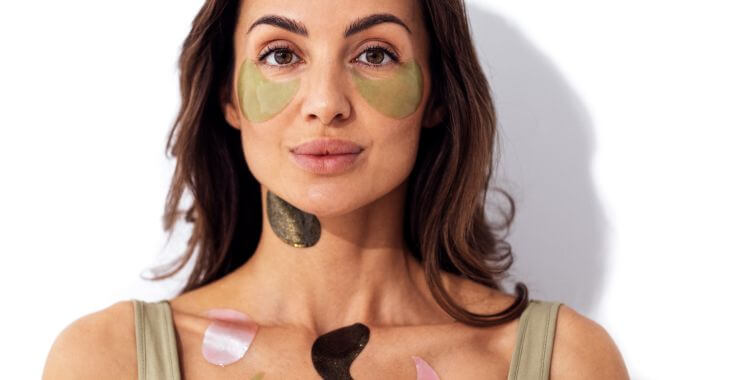Symptoms and Treatment for Rosacea
Rosacea is a common skin infliction that usually target the face, causing red patches that occur during flare-ups of the condition. Anyone can be susceptible to rosacea, but it is more common in people with fair complexions and women are more prone to the condition than men. Middle-aged women have the highest amount of cases, but children and men are also known to get this skin problem. Hereditary and environmental factors can contribute to the condition, but an exact cause is not known.
Symptoms of Rosacea
Rosacea usually forms as a red rash on the face or neck but can spread to the back or upper torso. Outbreaks can be mild, with just a slight blushing of the skin, or can be more pronounced with a red, bumpy appearance. Rosacea can make blood vessels in the skin highly visible, and the bumps can look like acne. Some people may have eye dryness or swollen, red eyelids as a symptom, with or without the facial redness. The nose can also appear enlarged, especially in men with rosacea.
Treatments for Rosacea
While there is not a cure for rosacea, there are ways to control the condition. A dermatologist can recommend medications that can help minimize redness and the bumps that appear on the skin. There are also triggers that can be avoided to reduce the frequency of outbreaks. For some types of rosacea there are laser skin treatments that can help reduce the redness of the skin by targeting blood vessels that are noticeable.
If you have symptoms of rosacea, schedule an appointment with a dermatologist to determine the best way to control your skin condition. Your doctor can discuss the latest options in treating rosacea to keep it under control.
Posted on behalf of:
Medical Dermatology Specialists
5730 Glenridge Drive, Suite T-100
Atlanta GA 30328
(404) 939-9220
The information provided on this website, including text, graphics, images, and other materials, is intended solely for informational purposes and should not be used as a substitute for professional medical advice, diagnosis, or treatment.



)